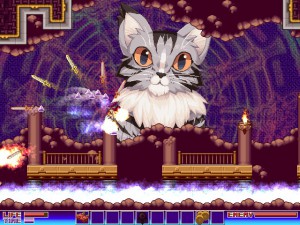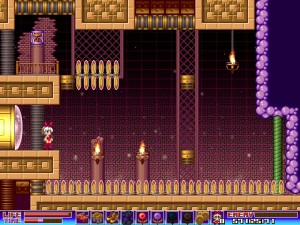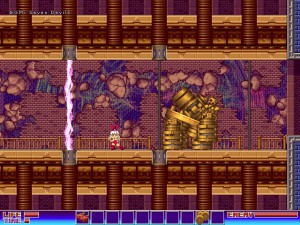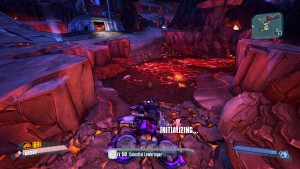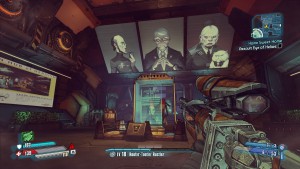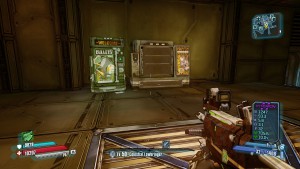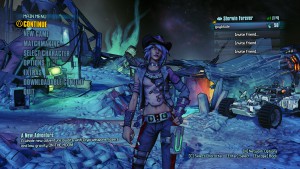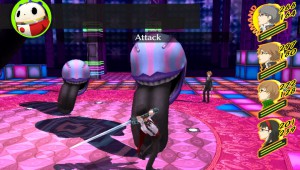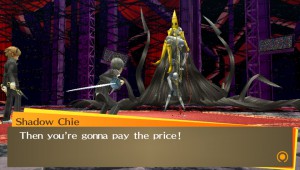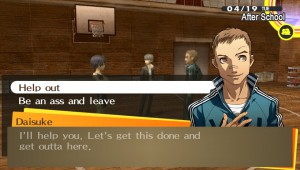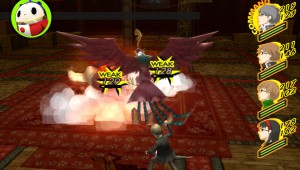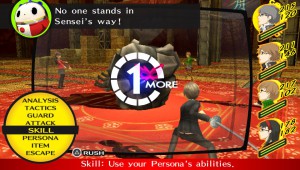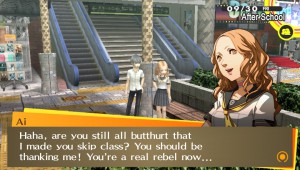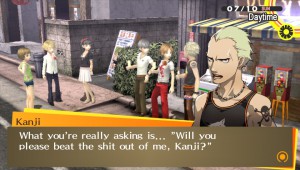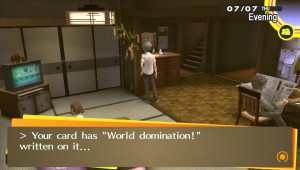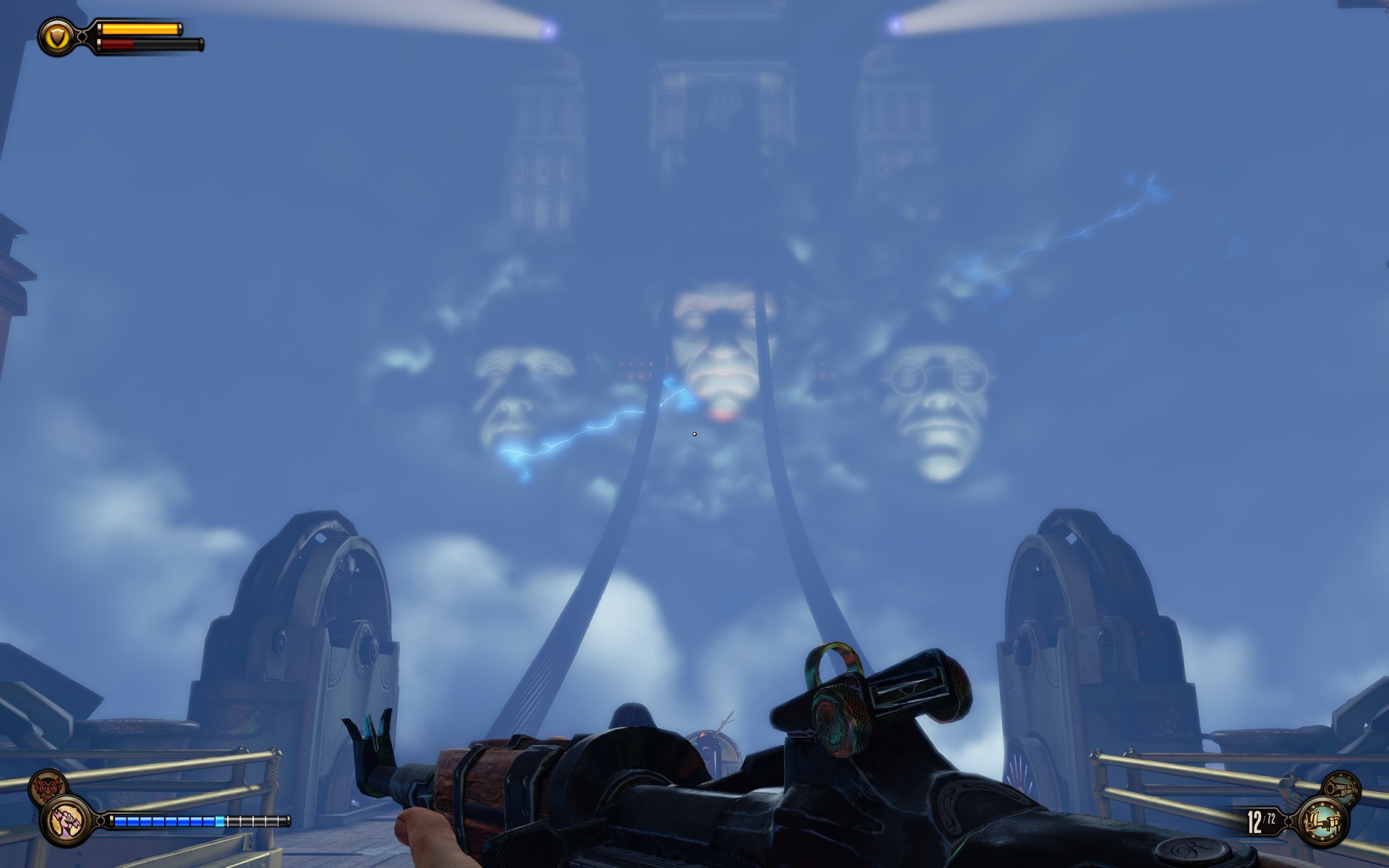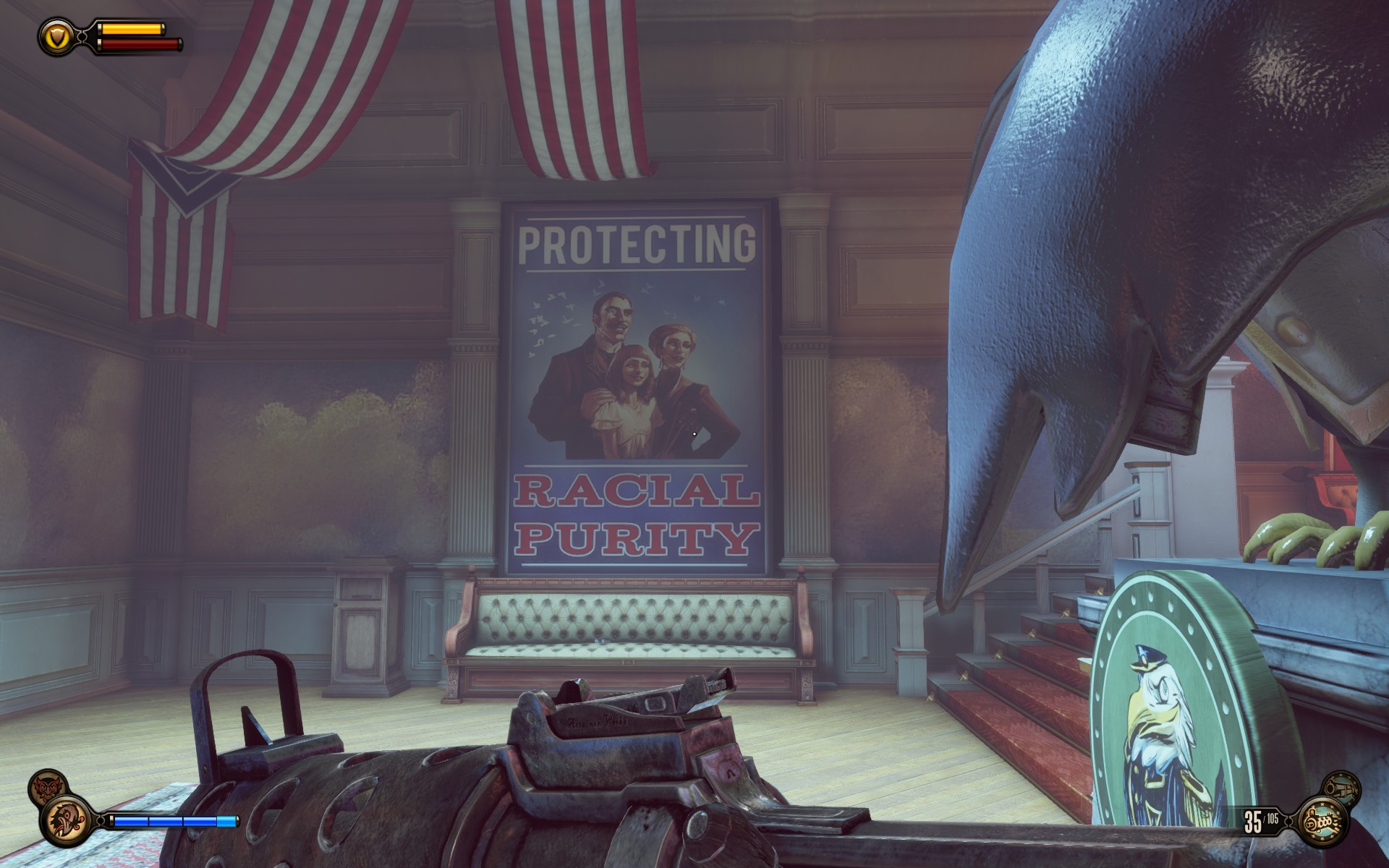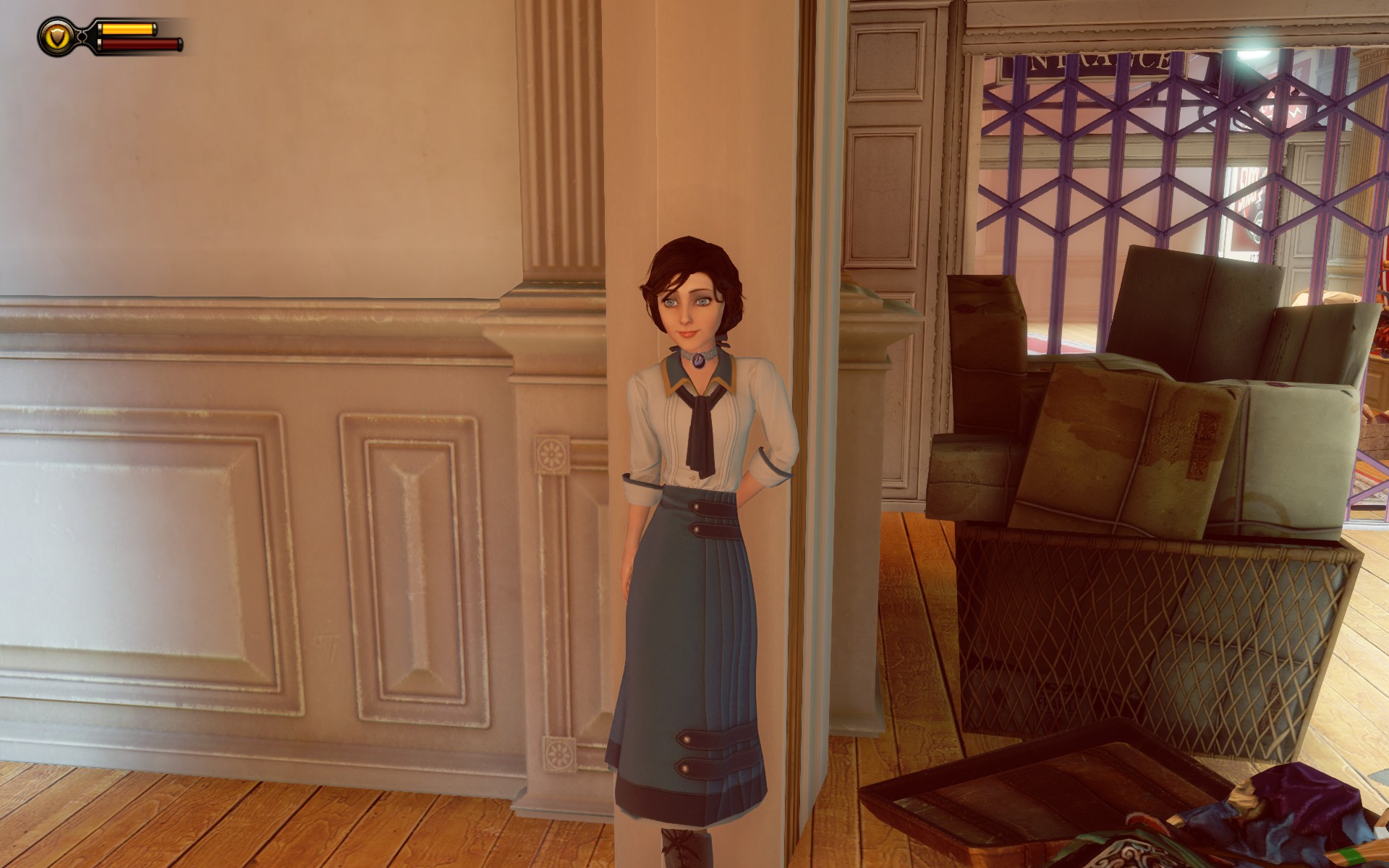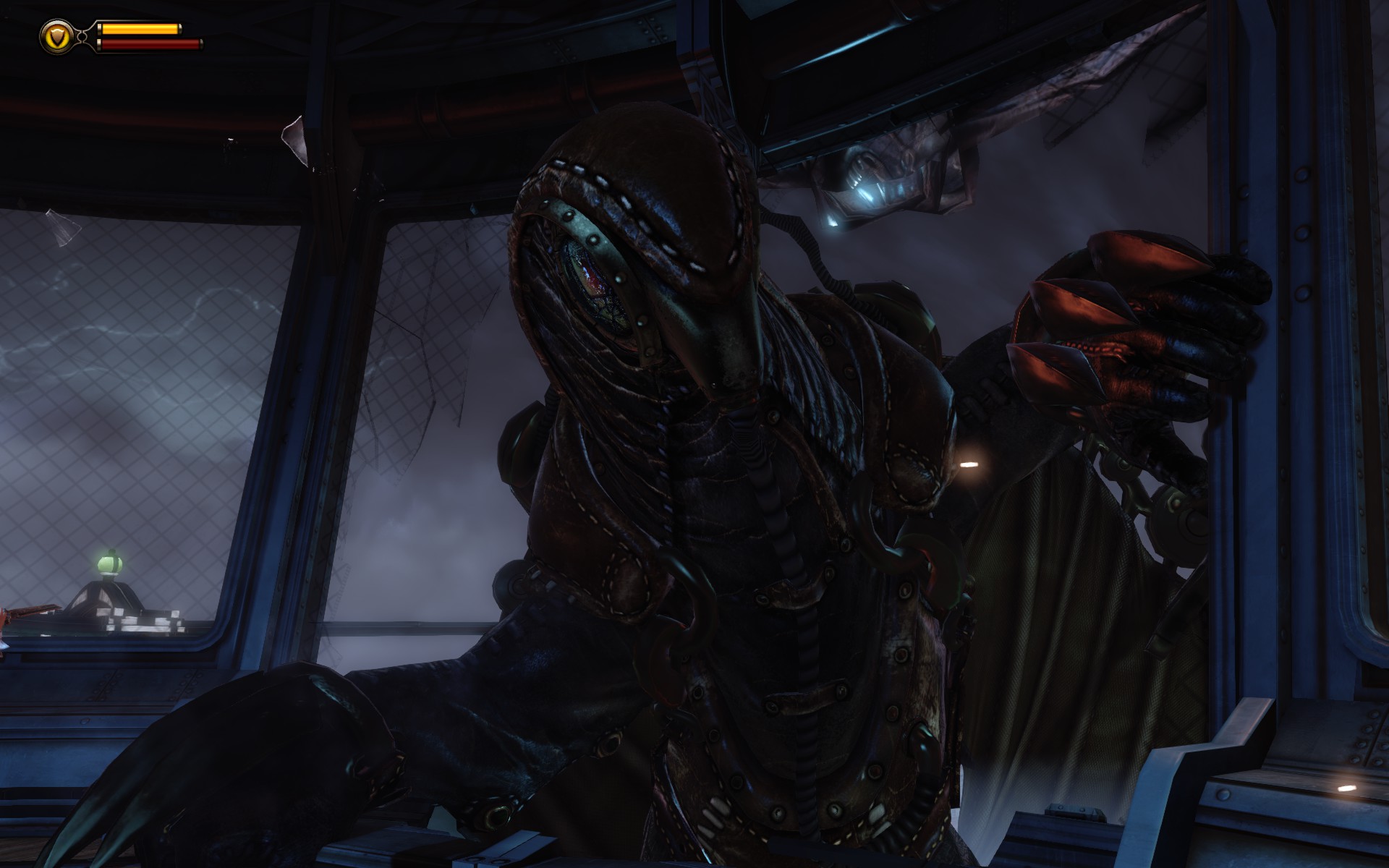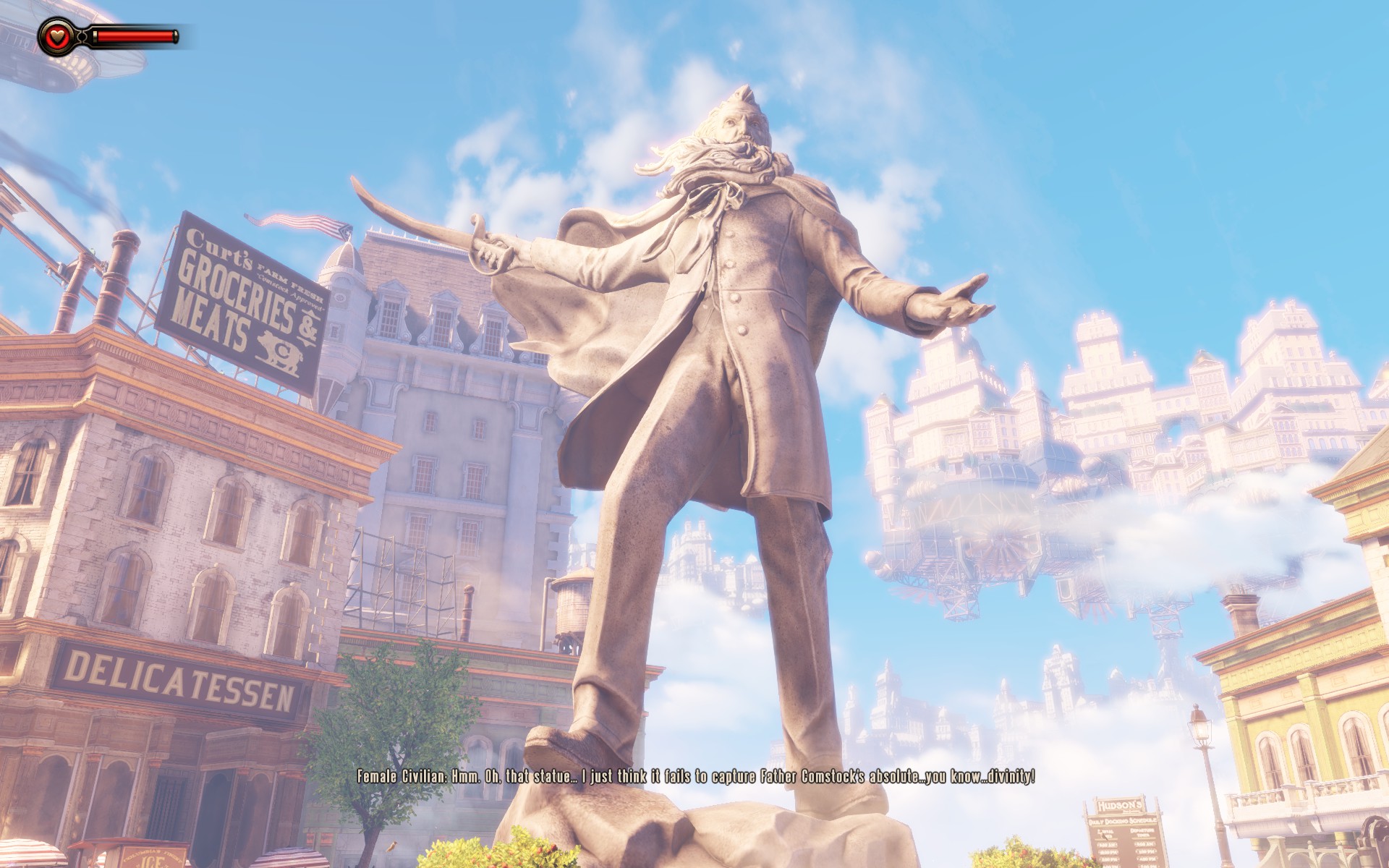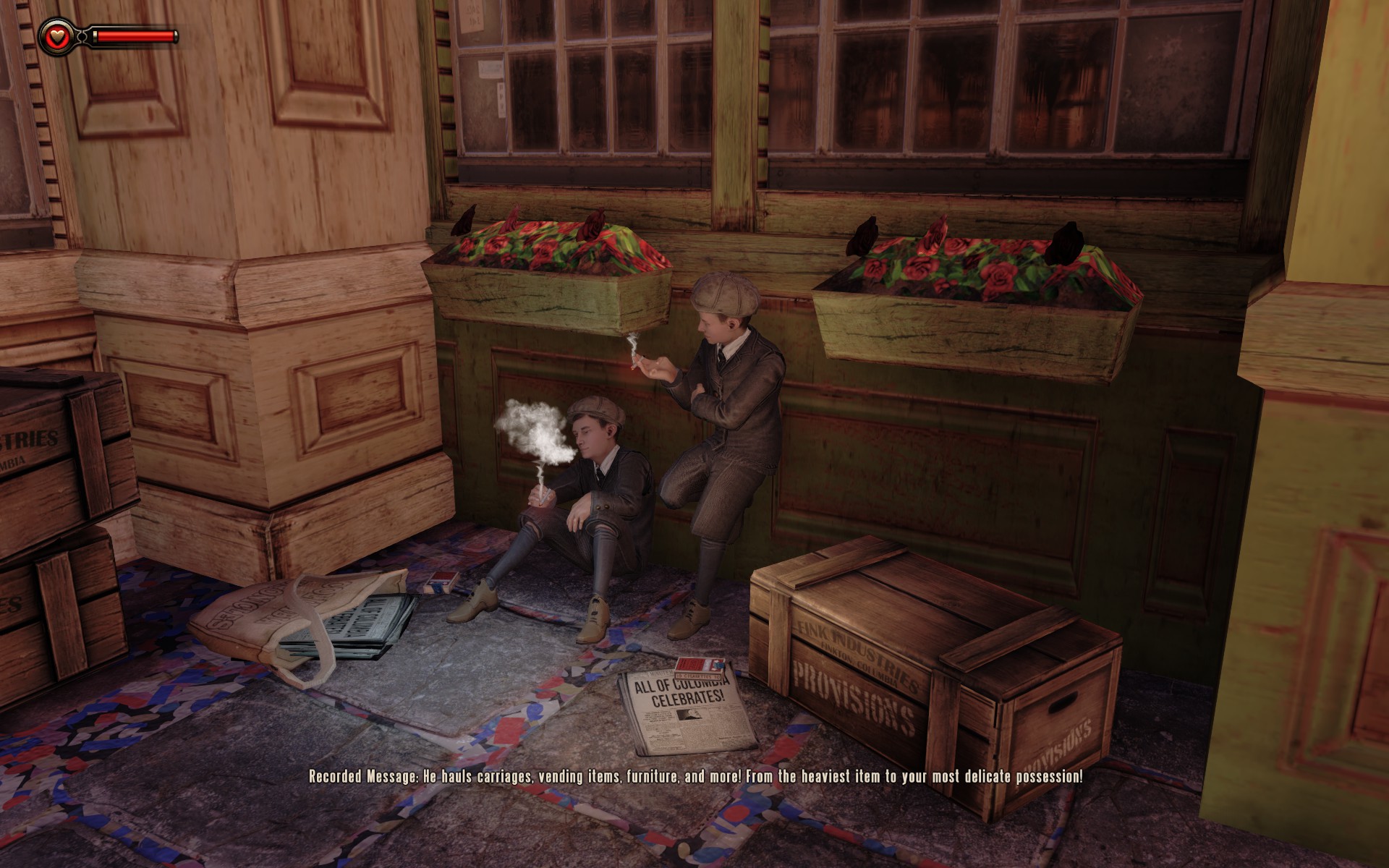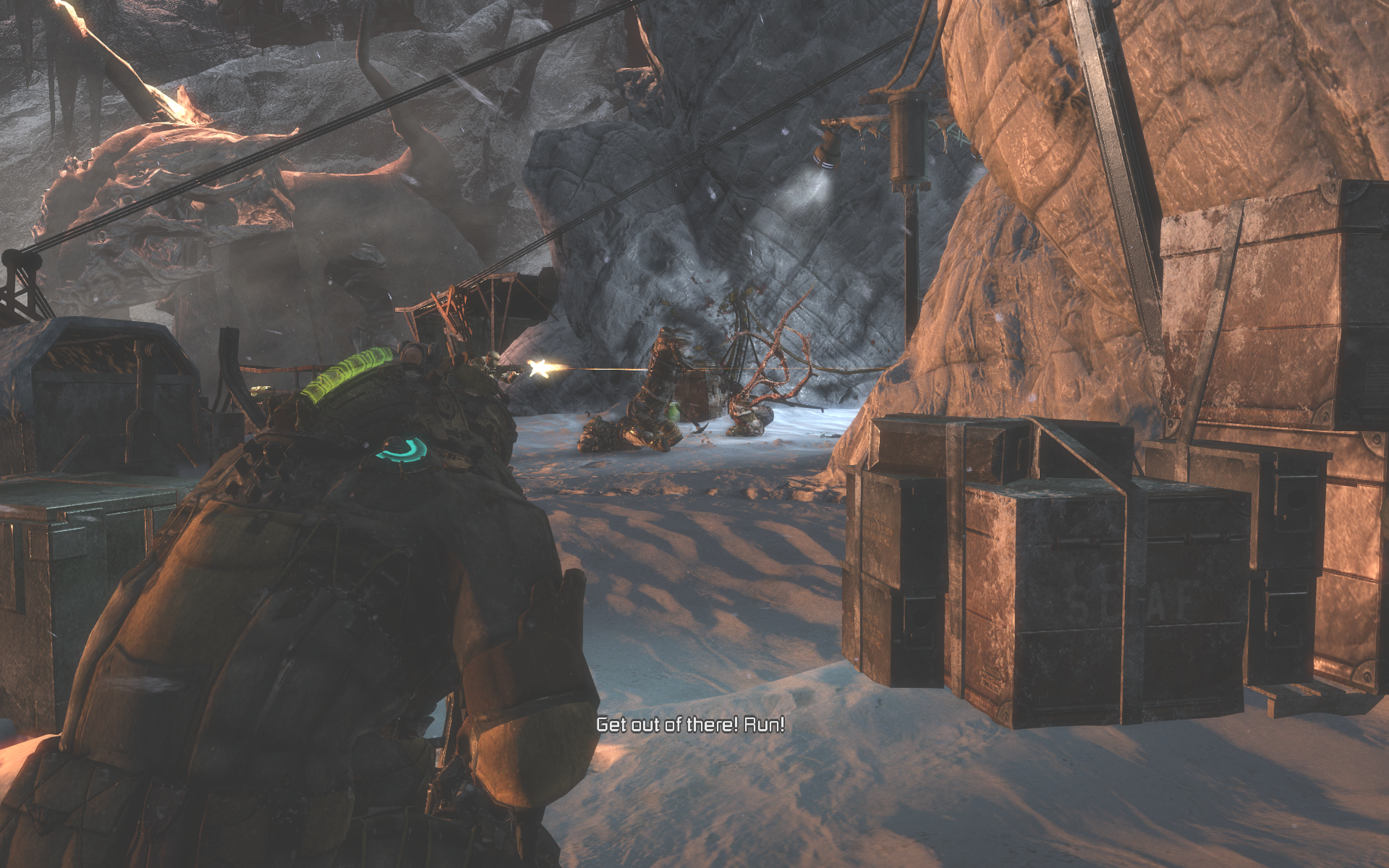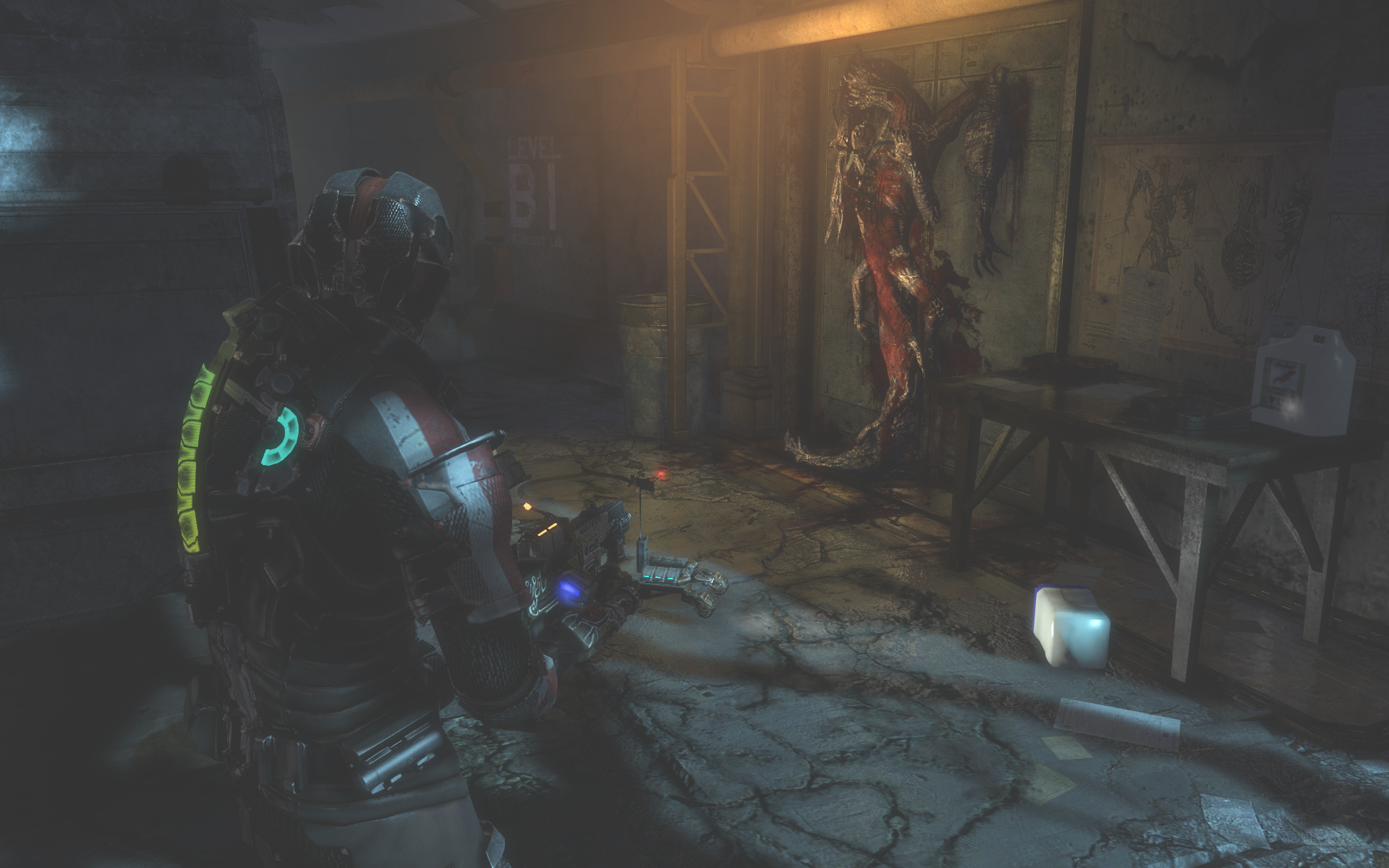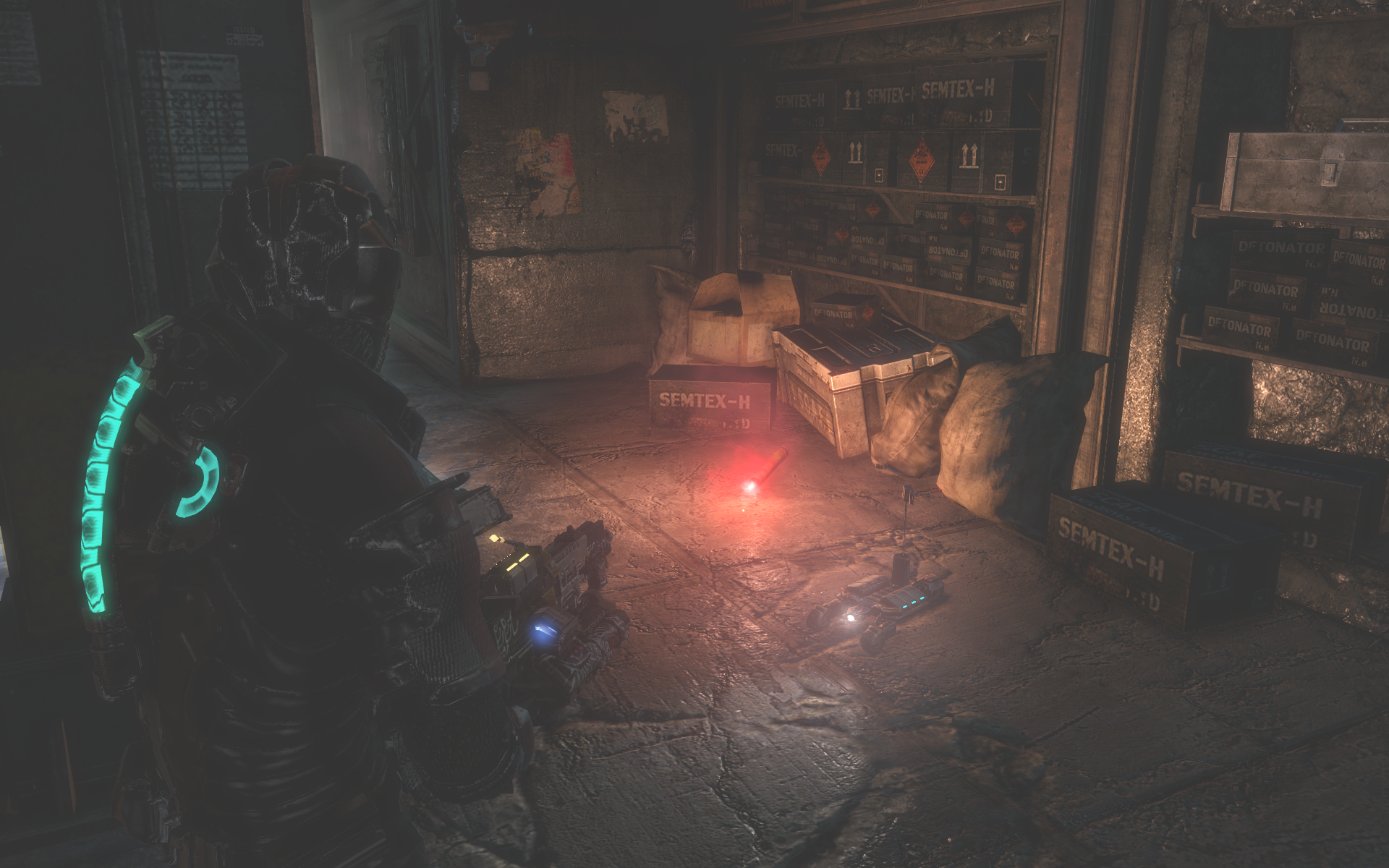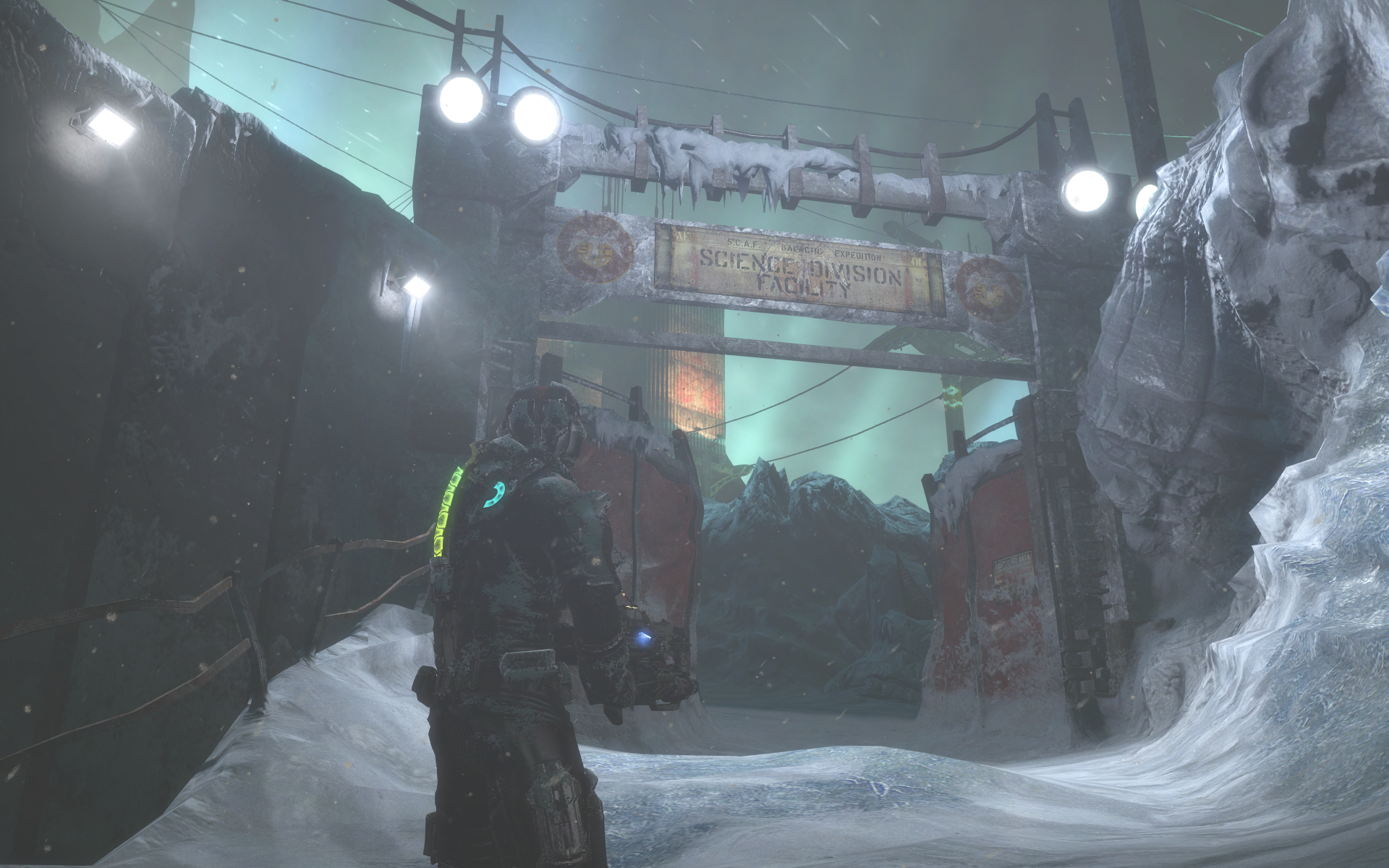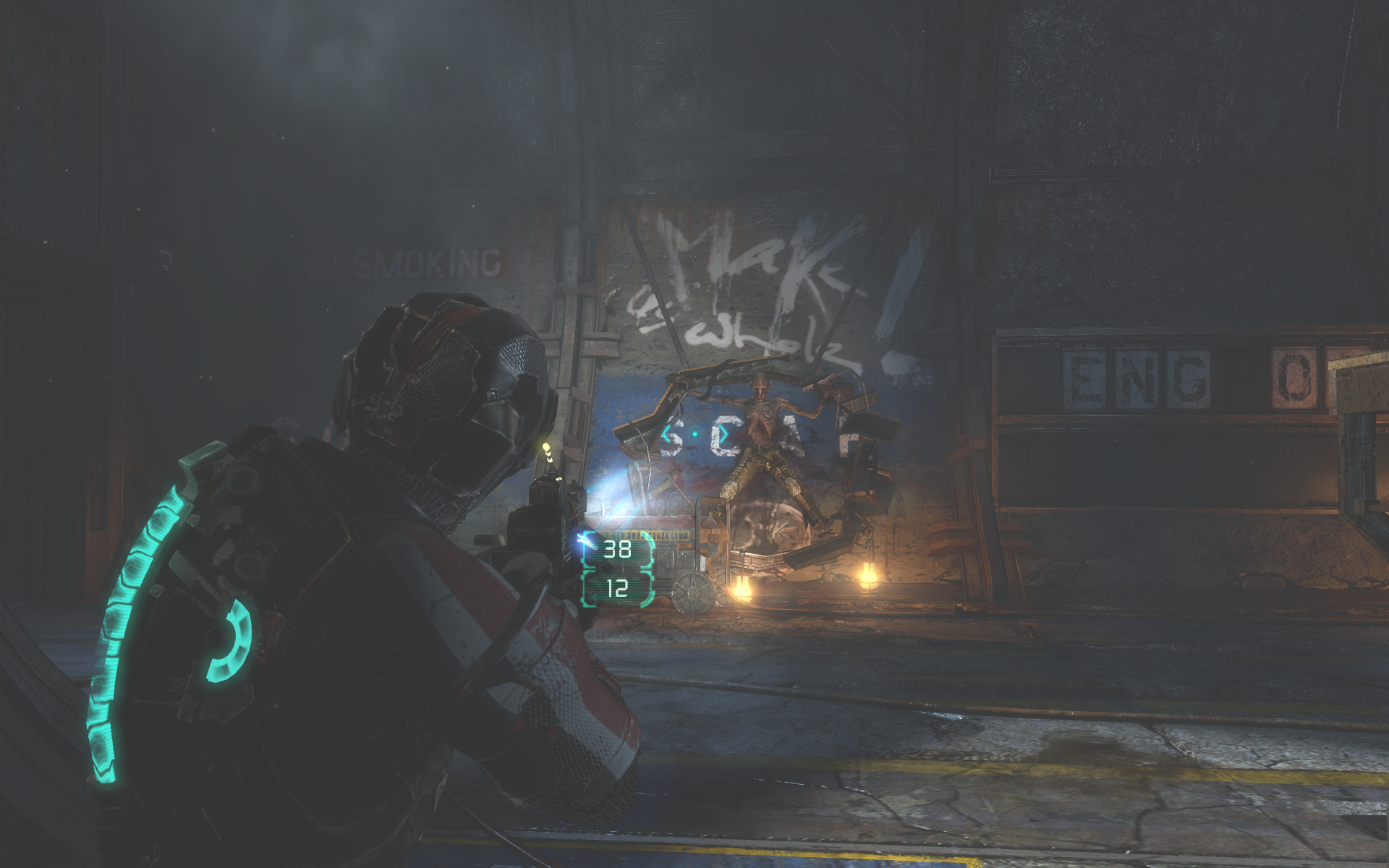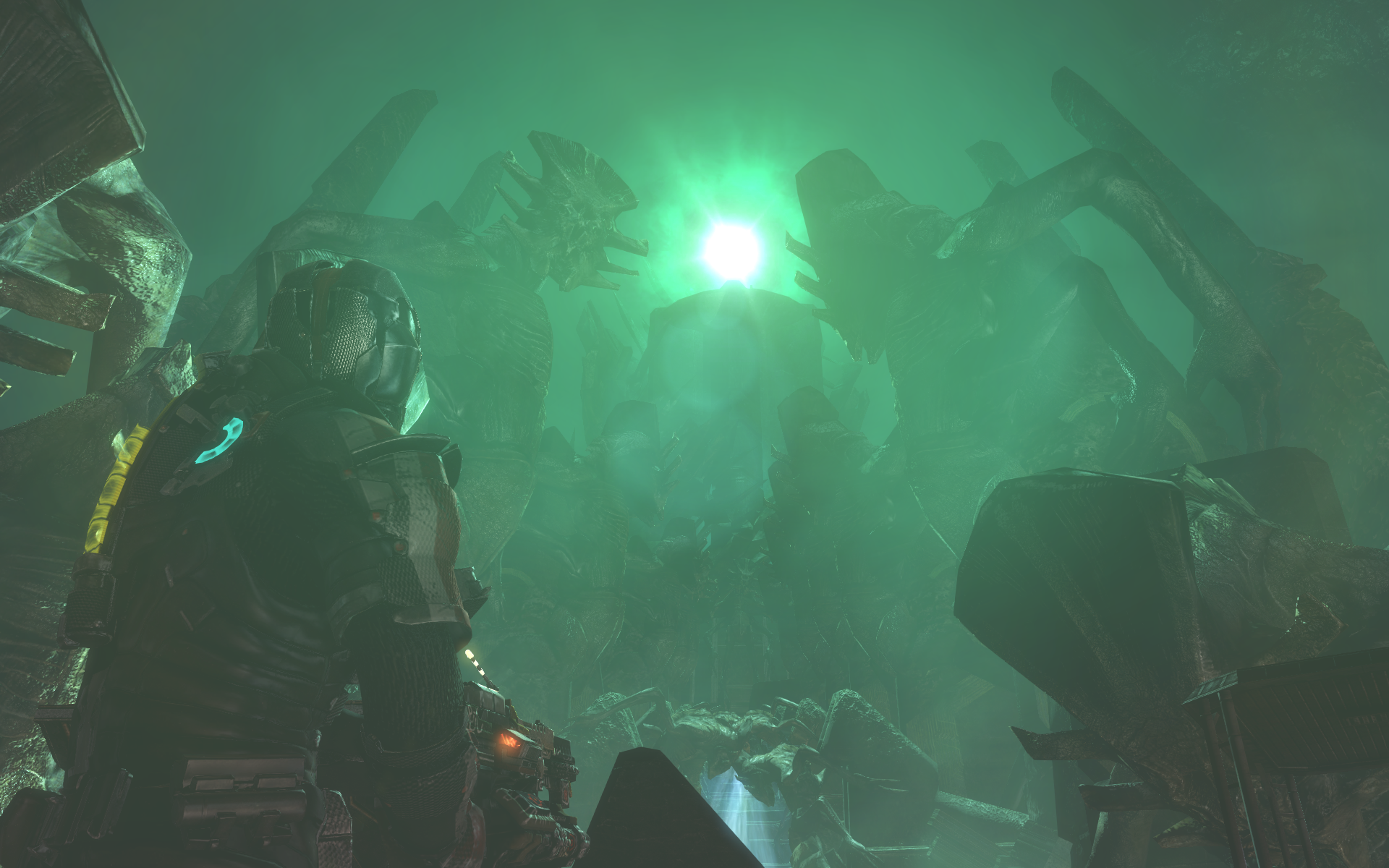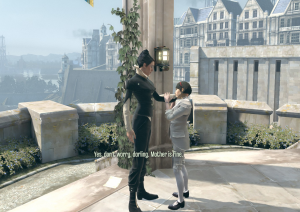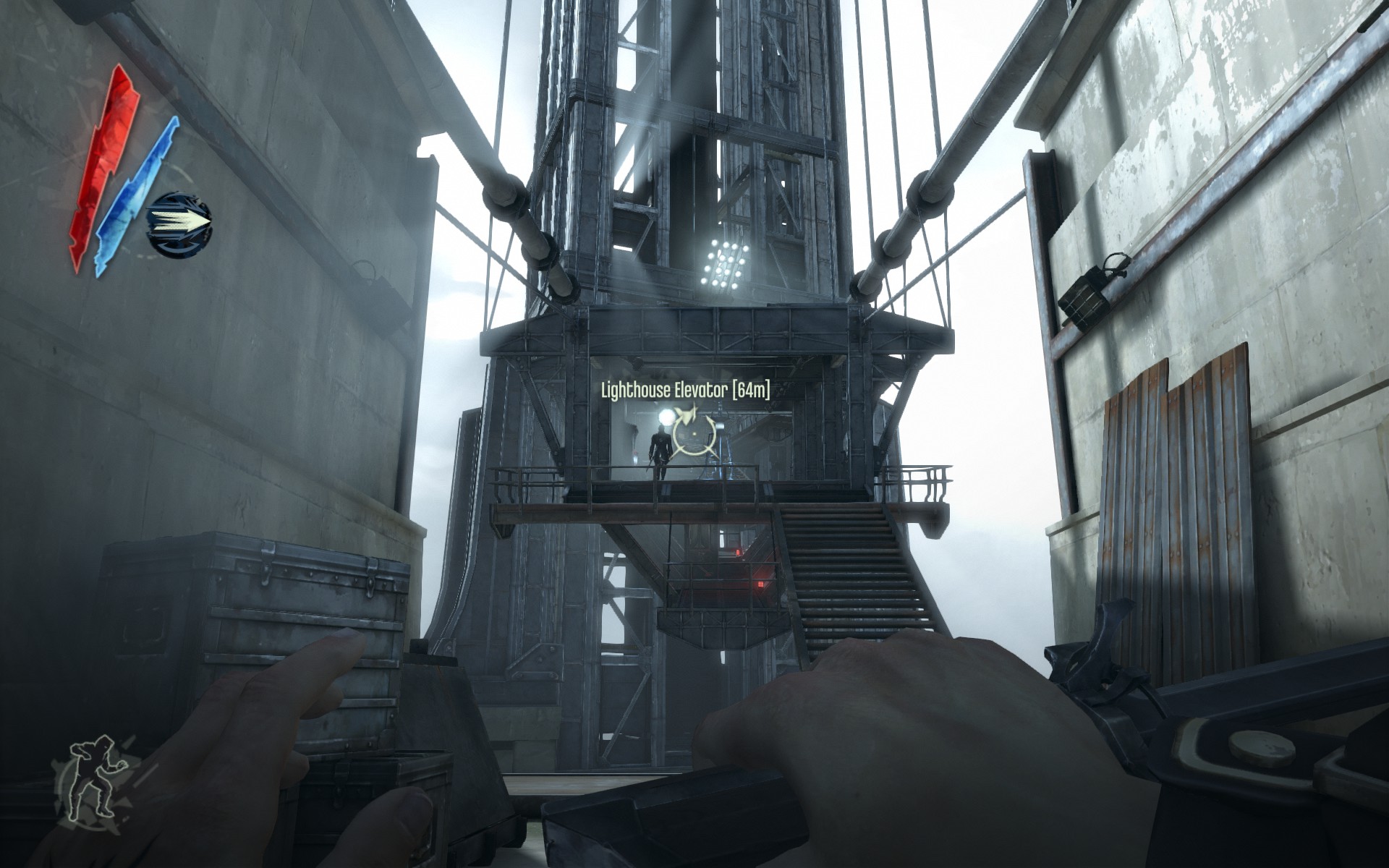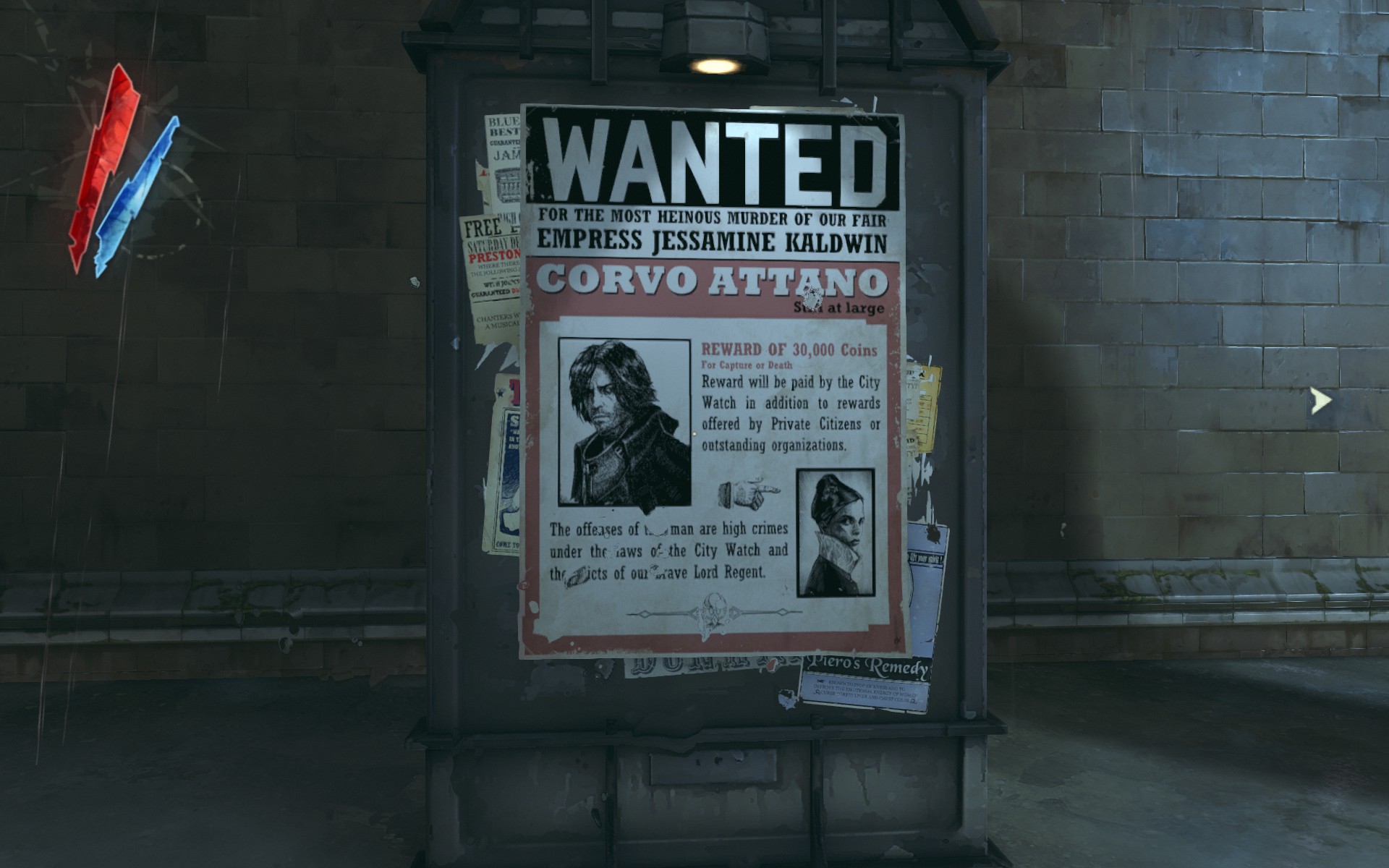When you want to keep the player’s attention, sometimes it is a good idea to have a bit of mystery. I Am Alive seems to think that mystery should never really be resolved.
As you start the game, you’re walking into your home town, having spent the last year walking across the country after “The Event” caused society to collapse. I’ll spoil it right now: “The Event” is never explained. It is the fundamental core of everything that is going on, but it is treated like the noodle incident. It seems especially strange given that all of the strangers in the game refer to it as “The Event” as though this common language sprang up everywhere despite the post-apocalyptic nature of the world. However, this “Event” is the only explanation we have for the story.
Our intrepid main character has come home searching for his family. Instead, he finds his home deserted and the city is mostly populated with smatterings of violent and paranoid survivors. Oh, you’ll be killing most of them too. Worse, “dust”–dangerous, sand-like fog that seems to have started showing up after the “Event”–starts blowing into town. Of course, this can only mean one thing: your character must wander around the dangerous environs doing fetch quests for various entitled survivors and trying to save the lives of a child he randomly met on the street and a woman that he’s never met at all.
If it wasn’t obvious, the entire structure of the story is basically a sad joke: characters’ motivations make no sense; important backstory is left unexplained; and the ending is nothing short of a slap in the face. If not for the fact that everything is taken with a deadly seriousness, I might honestly think that it was a parody of post-apocalyptic stories. It really is that bad.
Unfortunately, the gameplay isn’t much better. Most of the game consists of exploration–which seems to be trying to invoke Silent Hill (They even color in the map with red annotations!)–or climbing sequences of the kind you might see in an Uncharted game. These are both rather frustrating due to the game’s stamina mechanic. Much of the explorable areas of the game are full of “dust” which both dramatically reduces vision distance and causes constant stamina loss. The main way to restore stamina is to rest in an area without dust which is usually done by climbing up the side of a building. Oh, did I mention that climbing reduces stamina, too? Exceeding the end of the stamina gauge reduces the size of the gauge and can only be fixed with consumables. These two things coupled together basically mean that the game punishes you for exploration or for not knowing exactly where to go.
If the game has any redeeming value, though, it is in the combat. There are survivors throughout the game that you run into. The vast majority want to kill you. Here, I Am Alive really channels its post-apocalyptic setting by showing how rare and valuable bullets are. You start the game with zero bullets. Over the entire span of the game, there was never a time that I had more than 4 of them. This constant resource shortage meant that every encounter had to be considered before being handled. Even on the normal difficulty, shooting your way out of a situation was almost never the right decision and trading health (as enemy damage) for ammunition was usually a reasonable strategy. That said though, the game didn’t actually offer that many unique scenarios–two gunners and a machete dude, three machete dudes, gunner and a machete dude–maybe a half-dozen in total. This meant that once you understood how a particular fight scenario needed to play out, it mostly became a task of applying the optimal strategy for the group.
Ultimately, I can’t recommend the game. The abysmal excuse for a story would be enough of a reason to reject it on its own. Coupling that with the frustrating exploration leads to a game that can be safely skipped.
I Am Alive: 0

